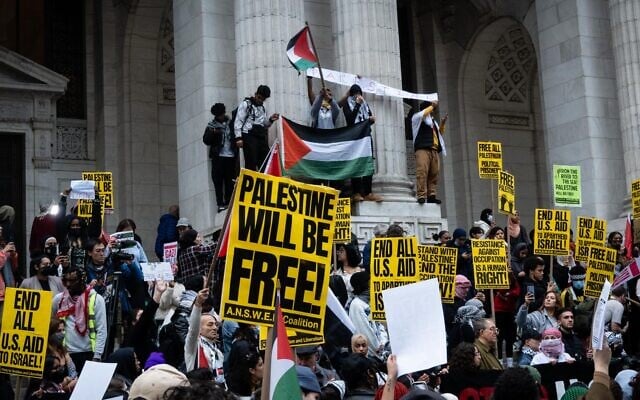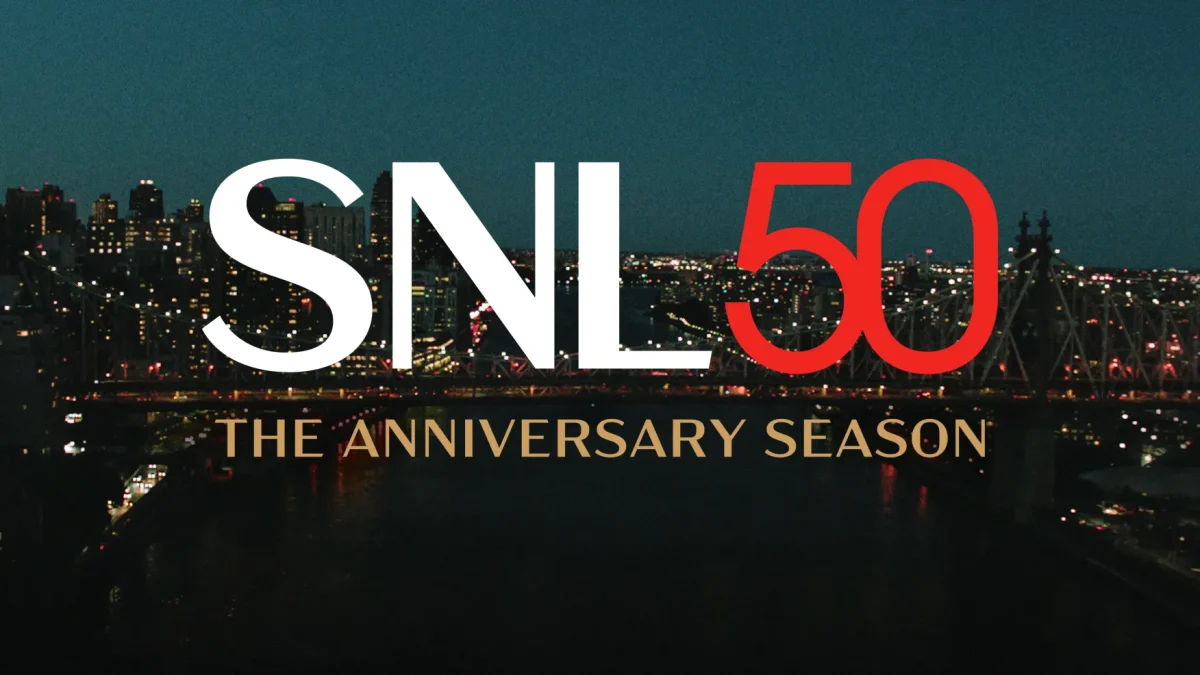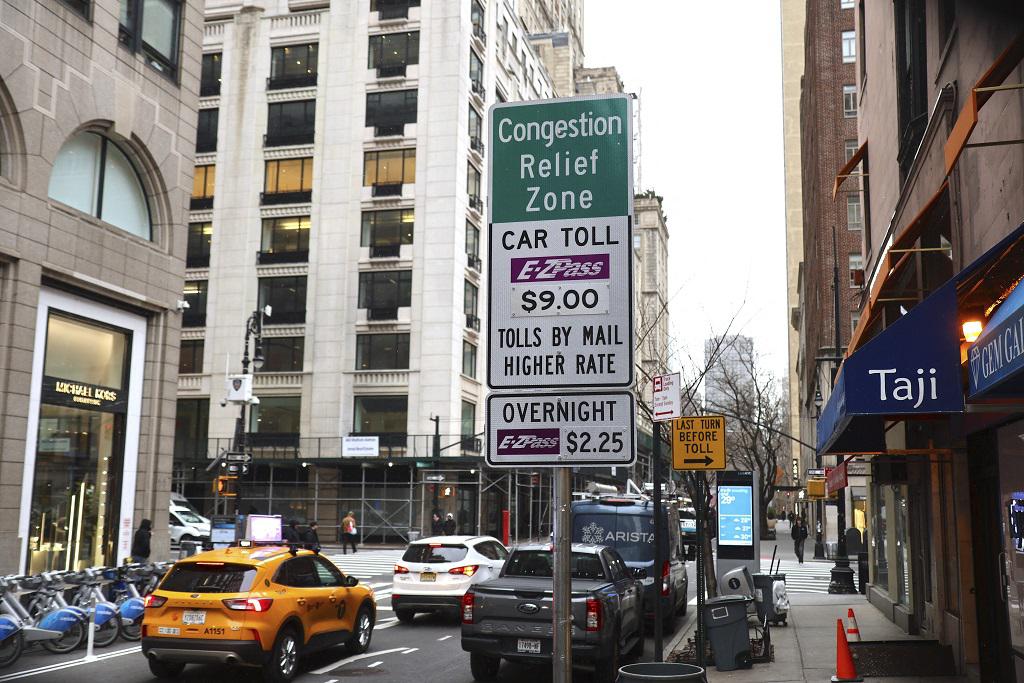Since its inception in January 2025, congestion pricing has been a hotly debated topic amongst New York City residents. Some believe that congestion pricing would lead to a decrease in traffic in the Central Business District and thus lower travel times, while others believe that it would lead to a decrease in business. Governor Hochul, initially a skeptic of the plan, implemented the program on January 5th of this year and regularly cites it as a key factor in helping the city lower its congestion and generate revenue.
In the five months that the policy has gone into effect, congestion pricing has certainly delivered results. According to the Financial Times, vehicle entries into the Central Business District decreased by 13%, or about 80,000 fewer cars per day which has led to a 12% drop in vehicle emissions. General travel times have increased by 20% and public transportation has seen an increased efficiency of 5%. $159 million have already been generated, according to Bloomberg, and will contribute to the larger $500 million ask for the MTA’s new project in updating its infrastructure. These benefits have been lauded by proponents as a clear sign of the program’s success in helping a notoriously congested city ease the traffic on roads while generating revenue for the city.
“I appreciate [the] less traffic in Midtown Manhattan,” said business teacher Mr. O’Neill. “Though … it is still very crowded. I think our public transit system needs more money and support.” This sentiment is in line with polling done by major pollsters regarding the issue. A Sienna College Poll found that support for congestion pricing has increased from 32% to 42% over the first three months of its implementation.
“I don’t disagree with making green space in Manhattan but my biggest concern is the effect on businesses in the area,” added Mr. O’Neill. This concern is well warranted because, according to the New York Post, a West Village restaurant has seen its costs rise $10,000 because of the increased delivery costs. Additionally, it was noted that shoppers from the surrounding area have been deterred by the extra fees and have attempted to steer around it by shopping in different areas.
The economic and environmental effects from the implementation of congestion pricing are apparent, but time will tell on whether this radical change for the city will truly bring lasting benefits.



























